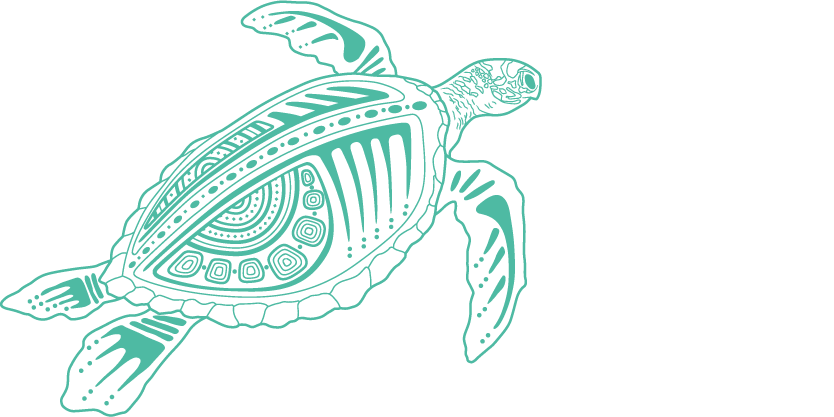Queensland’s wetlands provide a key habitat for 61 species of resident and migratory shorebirds 102 — at least 41 (67 per cent) of these inhabit the Region’s coastal wetlands.488 Millions of shorebirds return each year along the East Asian–Australasian Flyway from breeding grounds in the Arctic and Subarctic to the Region’s wetlands.489,490,491 Migratory shorebirds and associated wetlands are protected under the EPBC Act.484 However, critical foraging and breeding habitats outside the Region continue to be degraded, if not lost altogether, due to human activities.492,493,494 Local threats include non-native plants and animals and disturbance through tourism and recreation.488
Migratory shorebirds are vulnerable to habitat loss outside the Region
The Shoalwater and Corio Bays Area, one of Queensland’s 4 coastal wetlands listed under the Convention of Wetlands of International Importance especially as Waterfowl Habitat (the Ramsar Convention), falls within the Region. It supports thousands of resident and at least 26 species of migratory shorebirds, including large populations of 6 species in the East Asian–Australasian Flyway.495 Bowling Green Bay, another Ramsar-listed site, is adjacent to the Region and similarly supports internationally significant numbers of migratory shorebirds.496
Existing trend analysis of shorebird populations highlight ongoing nation-wide population declines, over the past 50 years, for many of the Region’s species.489,497 Seven out of 14 modelled species have experienced nation-wide declines of 30 to 80 per cent over 28 years (seasons) from 1993 to 2021.489 In 5 of these 7 species a deceleration in the rate of decline has been observed over the final 9 years of the period, although the change was only significant for one species (eastern curlew). Population declines of less than 30 per cent were reported for a further 5 species, while increases were observed in only 2 of the 14 modelled species, but these trends were not statistically significant.
Several key knowledge gaps limit understanding of condition (and trend in condition) of the Region’s shorebirds. These include a lack of structured survey and monitoring approaches that sample the full range of important wetlands at a frequency sufficient to detect trends.498 Demographic information is scarce, and much of the existing data are spatially and temporally limited, making it challenging to identify causes of population changes beyond a few locations and species.498,499 However, 206 locations have recently been identified as potential shorebird monitoring sites for the Region as part of a wider strategy to increase survey effort and associated data quality.499
The available data are nationwide, and shorebird population trends must be inferred for the Region. The condition (and trend in condition) of shorebirds in the Region have been assessed as unchanged since 2019. Migratory and resident shorebird species are subject to local pressures, such as disturbance and habitat decline, while migratory shorebirds are vulnerable to habitat loss outside the Region during their migration.


